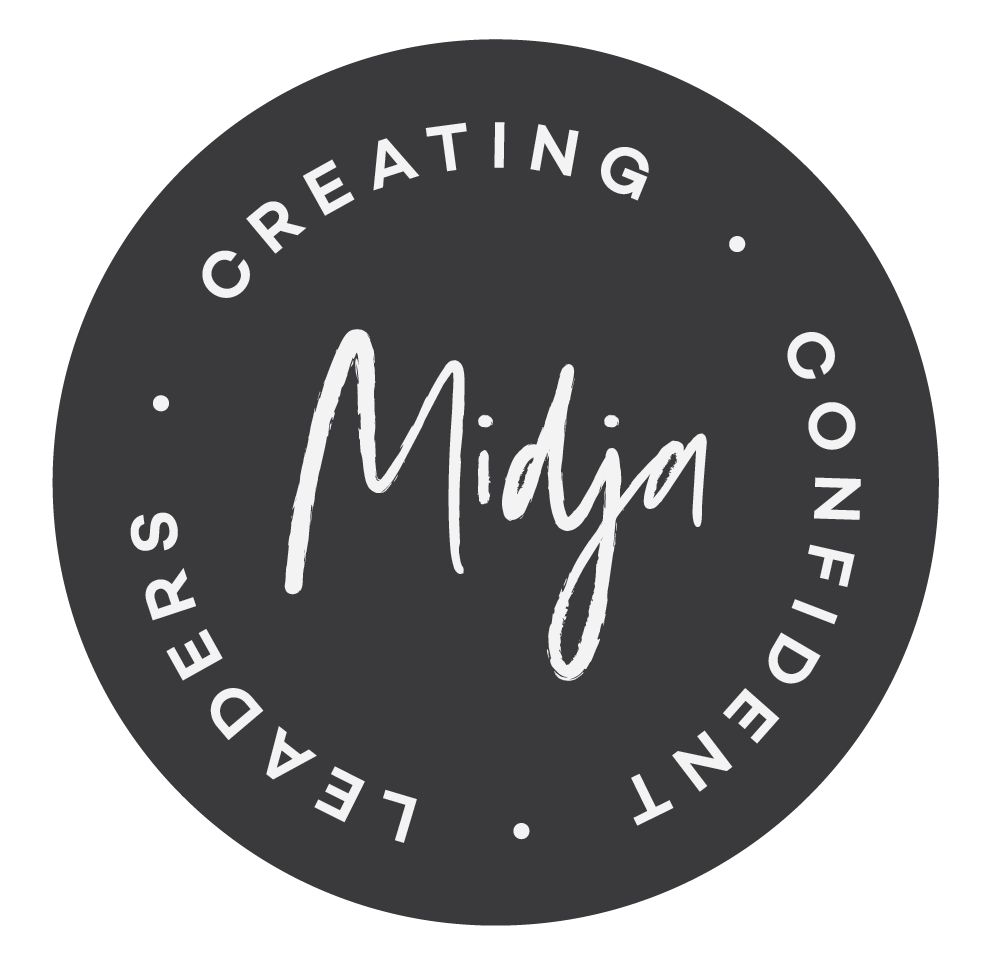4 Ways to Be a Thankful Leader
I remember one morning very early in my career, I found on a desk, a small handwritten card from the CEO thanking me for the result I’d achieved for a client. That one card meant so much to me and the results of a recent international survey by Deloitte Greenhouse*, would indicate that I’m not alone. The survey concluded that three quarters of professionals are satisfied with a simple thank you for their everyday efforts.
So, why is saying thank you so important as a way of recognising others?
Firstly, it makes people feel like they belong and are valued for their contributions. A thank you will help your people find meaning to their work and increase their commitment. It will also create a strong connection with you as their leader and ultimately lead to an increase in performance.
If a simple thank you can do so much, why as leaders, do we often fail to take the time to show our appreciation this way?
Sometimes it’s the case that our “problem children” take up all of our time. In leadership, often those who are disengaged, underperforming and misaligned, draw our focus and attention as we try to change their behaviour, lift their performance and limit damage control. We’re also constantly busy as leaders. There are long to-do lists, competing priorities and plenty of distractions. We’re being asked to do more with less resources and this can make us feel like we're drowning. All of this can result in little time to practise thankfulness in our leadership roles.
However, if you want to increase engagement and encourage your people, now is the time to slow down and prioritise being a thankful leader.
My 4 tips for thankful leadership:
Keep your Head Up
I’m a dancer and so often my dance teacher tells me during rehearsals to “keep your head up.” It's exactly the same in leadership. You have to keep your head up and look out as a leader. You need to be fully present. If you’re not paying attention to what is going on in the office, then you’ll have nothing to be thankful for and you don't know how to thank your people in a meaningful way. Compare, "Mark, you're doing a great job. Thank you so much," versus, "Mark, I noticed yesterday the way you made that new client in reception feel so welcome, and I wanted to say thank you."
Keep it Simple
Don't put off recognition as a leader just because you think it's something that has to be complex or that it’s a function of HR. You don’t need a 20-page policy around recognising what people do in their everyday jobs, just say thank you.
Personalise It
It’s important that you make the time to get to know your individual team members and exactly how they want to be thanked. The Deliottes survey found that most people would prefer to be recognised in a way that's shared with a few people or delivered privately rather than widespread but this may not be the case for everyone. Remember one size fits one.
Make it a Habit
Make saying thank you, something you do all the time. You might have to actually schedule it in to start with but that’s completely ok. Schedule it in and bring it to your conscious thought every day until you just do it automatically.
“Silent gratitude isn’t much use to anyone” (Gladys Bronwyn Stern)
In the end, we all want to feel valued, we all want to be seen, and we all want to be recognised for our contribution. So make saying thank you a priority in your leadership role.
Midja x
* Deloitte Greenhouse's new survey – ‘The Practical Magic of Thank You – How your people want to be recognized, for what, and by whom’ June 2019. More than 16,000 professionals working in more than 4,000 organisations in 101 countries.
